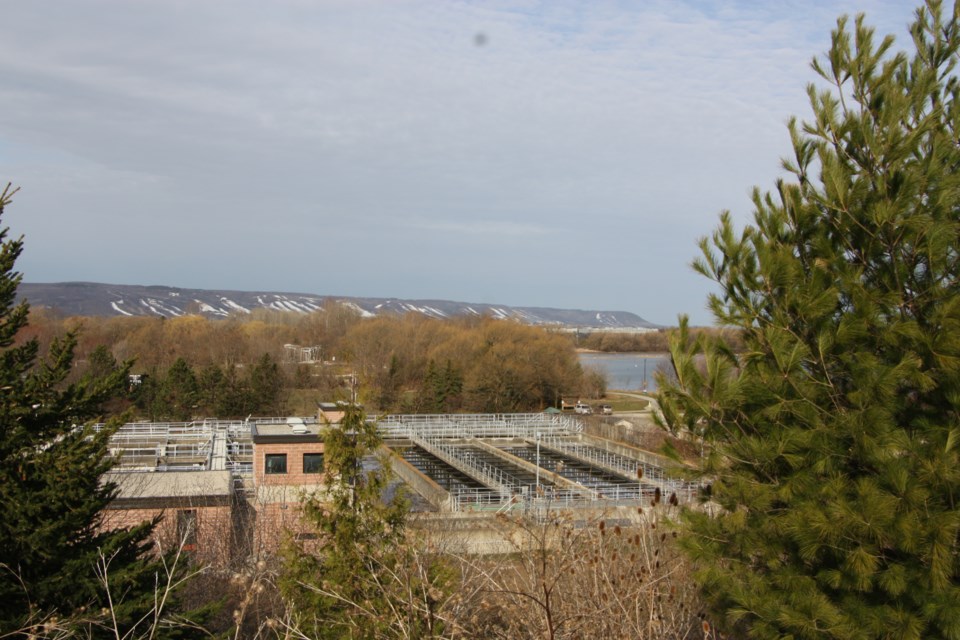UPDATE: The town confirmed that at about 2:30 p.m. Thursday, the full bypass events ended and wastewater treatment resumed.
*********
COLLINGWOOD - Heavy rains have overwhelmed Collingwood's wastewater treatment system, causing wastewater to bypass the full treatment system and dump into Georgian Bay.
The town posted a notice this morning confirming a full treatment bypass at the water treatment plant headworks and at the Minnesota Street pumping station, both events beginning at 2 a.m.
The overflow started as a partial bypass, with water skipping just the final UV disinfection step, at 10:40 p.m. on April 2.
In the event of a full bypass, excess wastewater will overflow from the plant, bypassing the entire treatment process. It will mix with treated and partially treated water before discharging into the bay.
The town is monitoring, testing, and reporting the situation as is required by Ontario law, and has promised more details when the bypass is over.
In the meantime, residents are asked to limit water use to alleviate pressure on the system by avoiding laundry, limiting showers and limiting toilet flushing.
The town's drinking water is treated at a different and plant in a separate location. A notice from the town later this morning notes the town's tap water is still safe to drink and there is no boil water advisory.
There was also a partial bypass last weekend from March 29 and March 30, during which 5,000 cubic metres of partially treated wastewater skipped the UV disinfection step and overflowed into the bay. It was instead hit with chlorine before it went into the bay.
On Sept. 23, 2021, another rainstorm in Collingwood overwhelmed the town's wastewater treatment plant, causing a full bypass for 14.5 hours and a partial bypass for 21.5 hours.
The town's stormwater drains do not flow through the wastewater treatment plant. However, heavy rainfalls will increase the amount of water going to the wastewater treatment plant because of infiltration into the wastewater system.
In 2021, staff explained the extra water can come from various sources including downspouts and sump pumps connected to the sanitary sewer (though they are not supposed to be). Other sources include groundwater and rainwater getting into cracks in the sewer pipes and/or maintenance holes, and from overland flooding draining into sanitary maintenance holes.
The town's wastewater treatment plant is designed to have wastewater bypass (fully or partially) when the plant is overwhelmed in order to prevent sewer backups from occurring in local homes. Without bypassing, the wastewater would fill the sanitary sewer pipes and start backing up into residences and through maintenance holes on the street, according to town staff.

.png;w=120;h=80;mode=crop)


